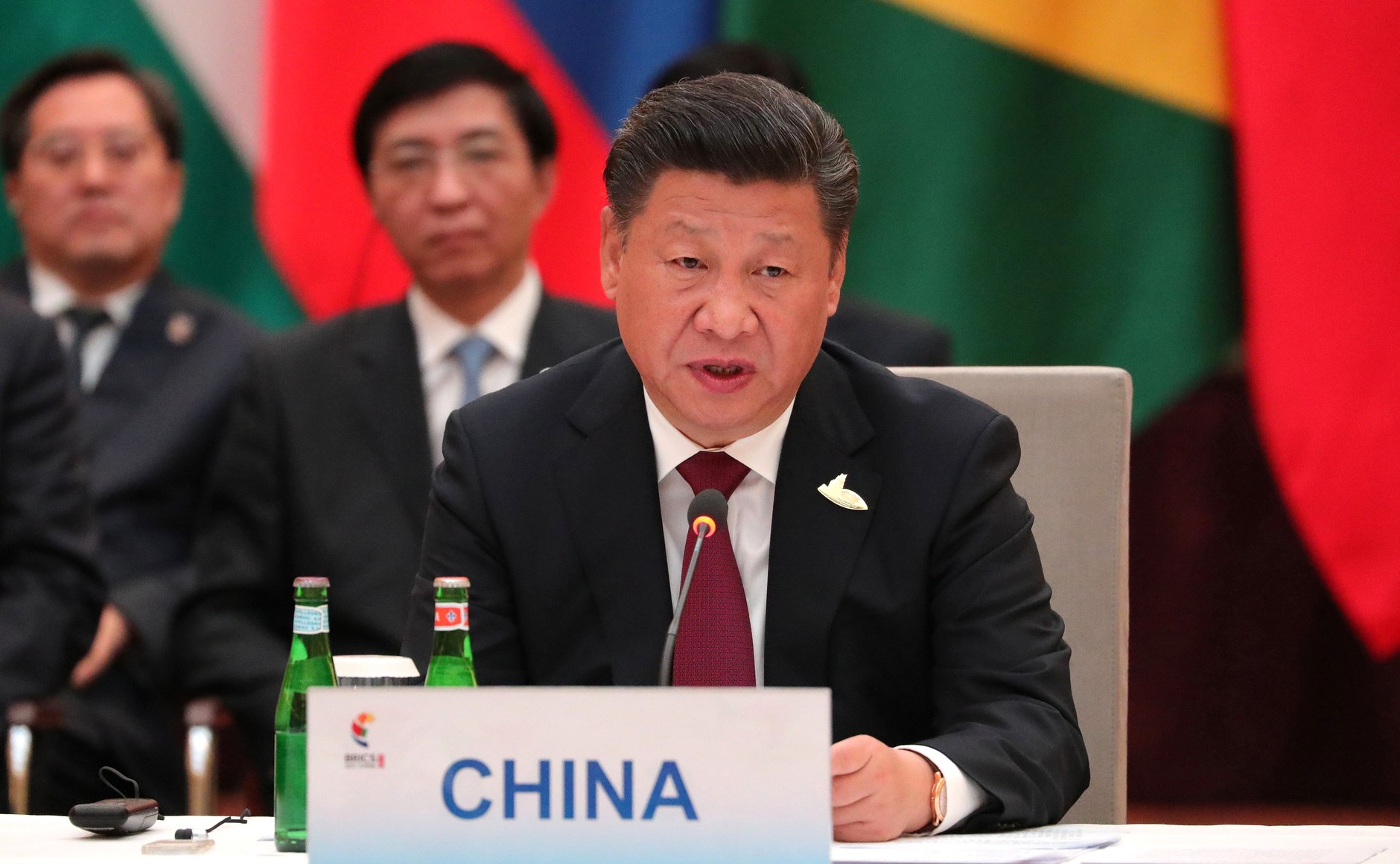Why China slows down oil purchases (but buys from Russia)

China takes advantage of the discounts and stocks up on barrels of oil from Russia. But imports are on the decline. All the numbers and details
In July , for the third consecutive month, Russia was the top supplier of oil to China, the country that imports the most oil in the world.
THE DATA OF JULY
Imports of Russian oil – between that pumped into the Eastern Siberia-Pacific Ocean pipeline and that shipped by ship from European and Eastern ports – by China amounted to 7.1 million tons, 7.6 percent more. compared to July a year ago.
PURCHASES SLOW DOWN
This was reported by the data of the Chinese customs agency, published last Saturday, which however show a slowdown in purchases of Russian barrels compared to May, when it reached the record value of about 2 million barrels per day. In July, however, China imported 1.6 million barrels of Russian oil per day.
China is the largest buyer of Russian oil. The country's independent refineries are taking advantage of Moscow's low price of crude oil – it is being sold at a discount to offset Western sanctions -, thereby reducing supplies from other countries such as Angola and Brazil.
PURCHASES FROM SAUDI ARABIA
Compared to June, when it reached its lowest in over three years, crude oil imports from Saudi Arabia – currently down to second place in the ranking of Chinese suppliers – have risen to 1.5 million barrels per day, while remaining below the 2021 levels.
– Read also: Why Saudi Arabia will sell oil to Asia at a high price
48.4 MILLION TONS OF OIL FROM RUSSIA
In the first seven months of 2022, Chinese imports of crude oil from Russia amounted to 48.4 million tons, an increase of 4.4 percent year-on-year. Those from Saudi Arabia have so far been 49.8 million, 1 percent less than in the January-July period of 2021.
THE COLLAPSE OF ANGOLA AND BRAZIL
Low-cost Russian competition was blamed the most by Angola and Brazil, from which China bought 27 and 58 percent less oil, respectively, on an annual basis.
DO IRAN AND VENEZUELA GO THROUGH MALAYSIA?
Chinese customs data for July does not report imports from Venezuela or Iran. But it is actually since the end of 2019 that Chinese state-owned companies have not reported the volumes of purchases from these two countries to avoid incurring the secondary US sanctions.
Usually Venezuelan and Iranian crude is passed through Malaysia. In July, imports from the country amounted to 3.3 million tons: a 183 percent growth year-on-year; in June they had stopped at 2.6 million tons.
DEMAND FOR FUEL SLOWS DOWN
Overall, China's crude oil imports fell 9.5 percent in July compared to last year: domestic fuel demand is lower than expected.
Last week, China's central bank cut interest rates on annual loans by 10 basis points to 2.75 percent. Economic statistics for July also showed worse-than-expected levels of consumer demand and industrial activity: retail sales rose by only 2.7 percent, compared to expectations of 5 percent; industrial production, on the other hand, grew by 3.8 per cent, while forecasts indicated a +4.6 per cent. The youth unemployment rate reached 19.9 percent, a record high.
Despite massive capital injections to stimulate growth, the Chinese economy avoided contraction only slightly in the second quarter of the year.
This is a machine translation from Italian language of a post published on Start Magazine at the URL https://www.startmag.it/energia/cina-petrolio-russia-luglio-2022/ on Mon, 22 Aug 2022 13:49:23 +0000.
